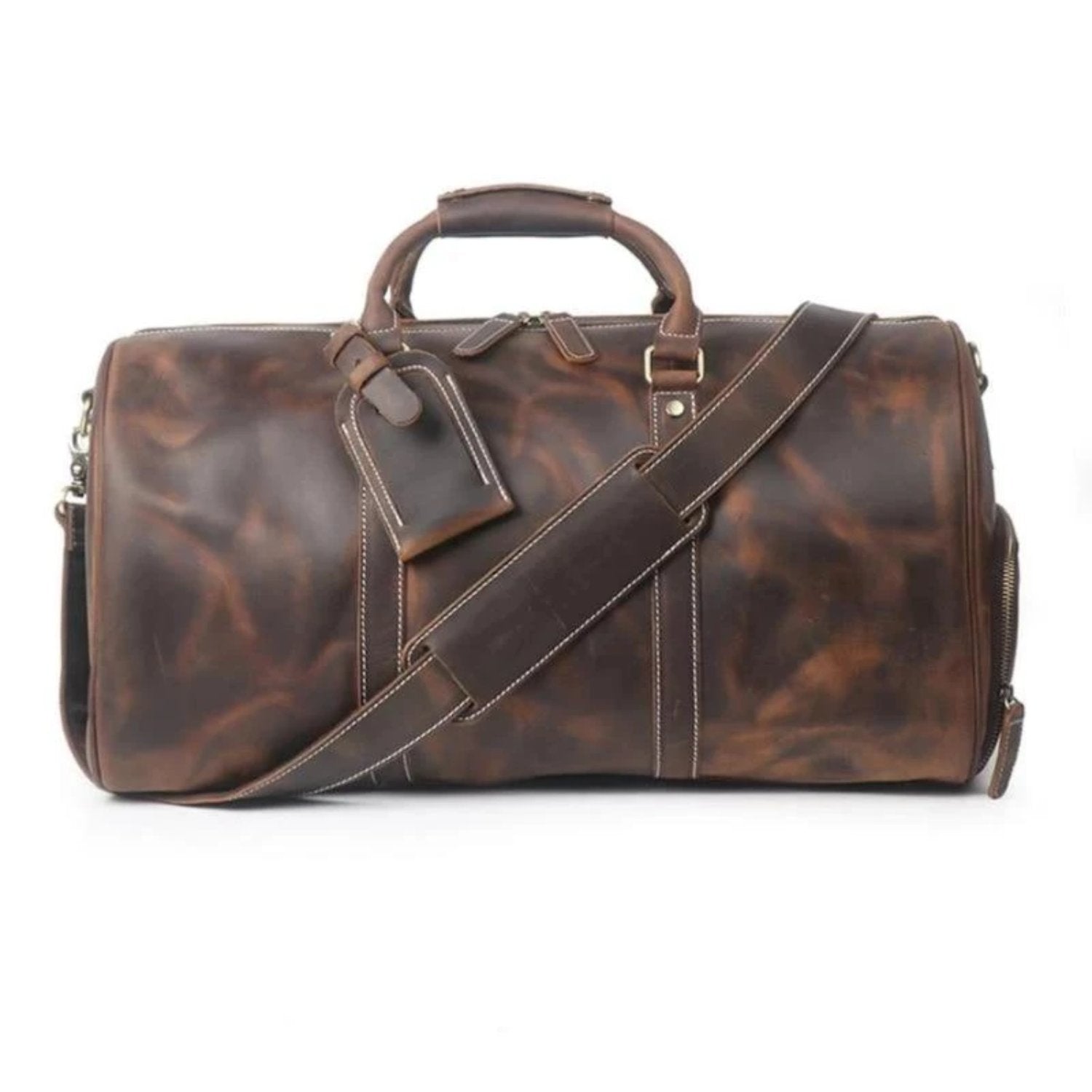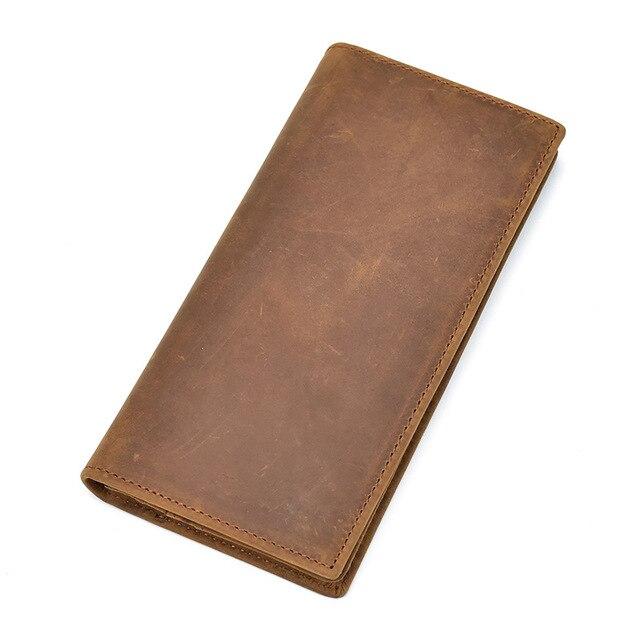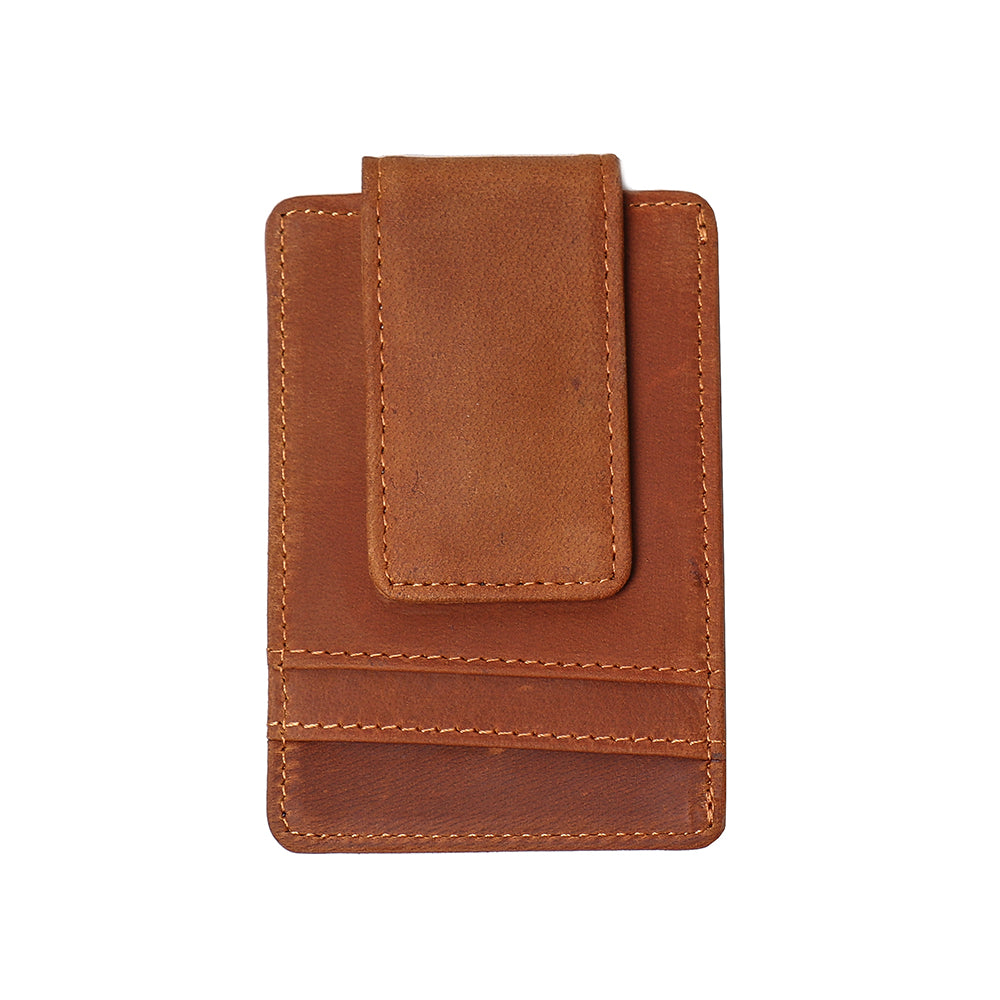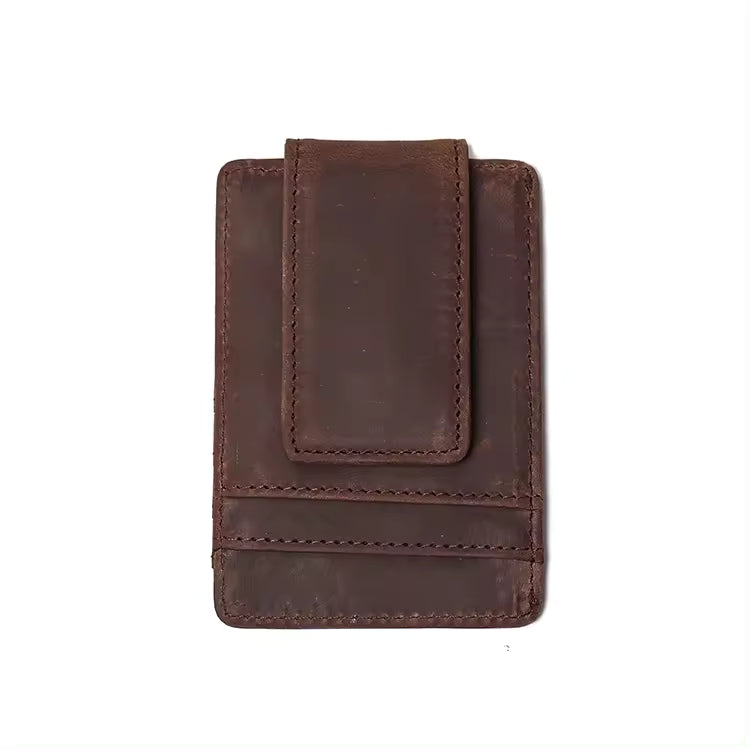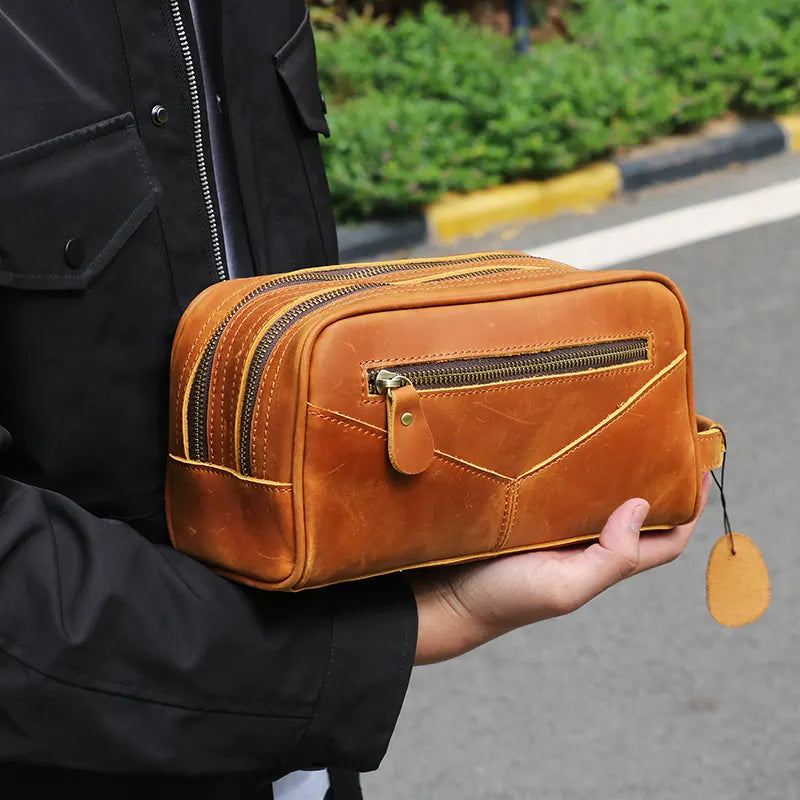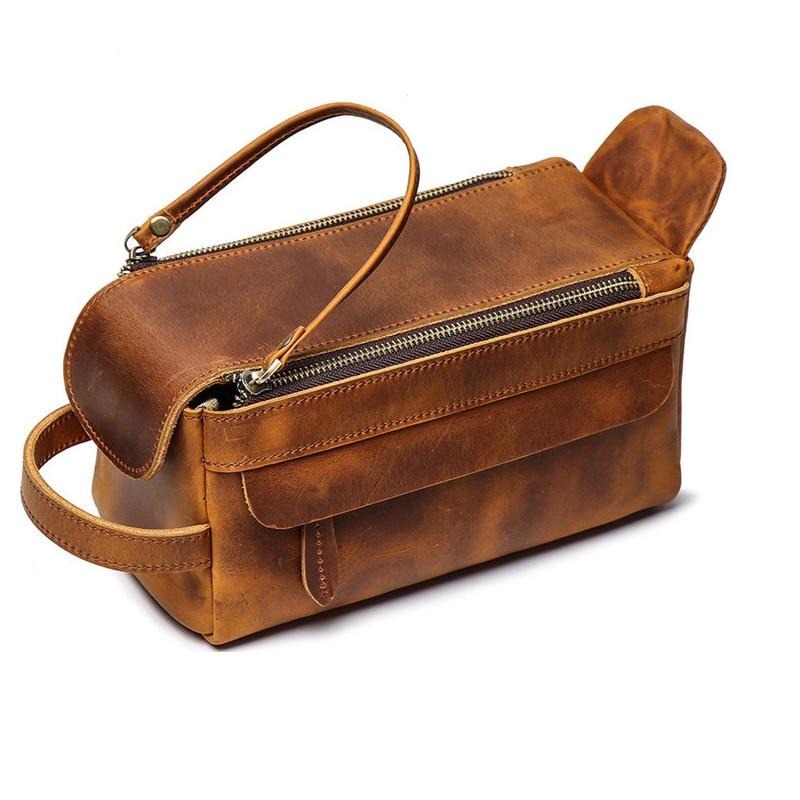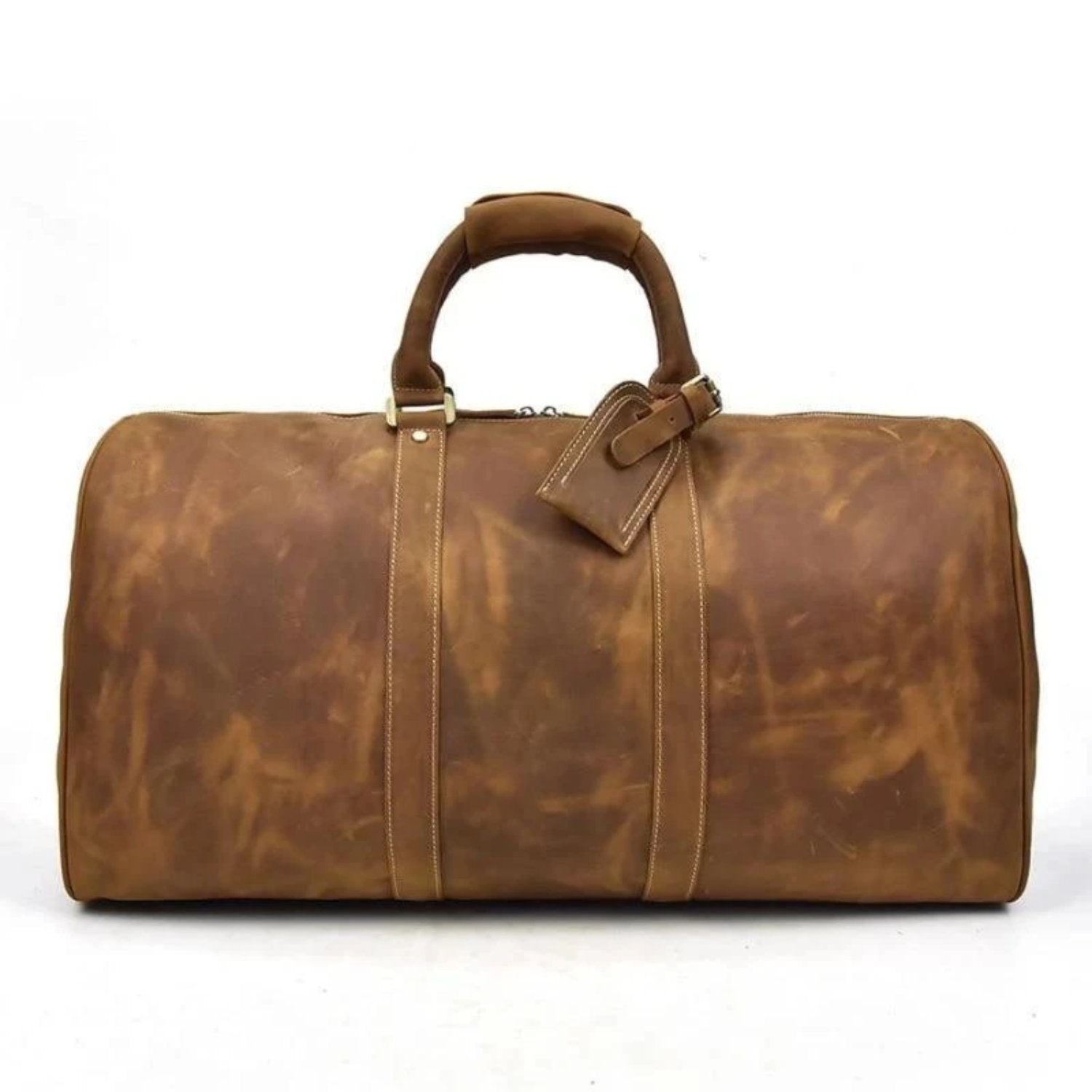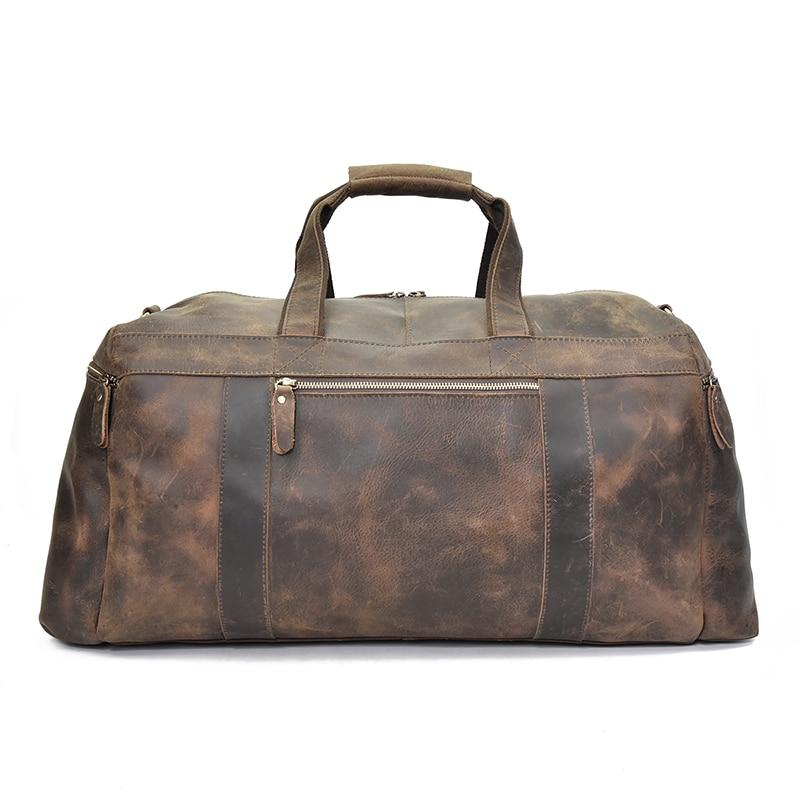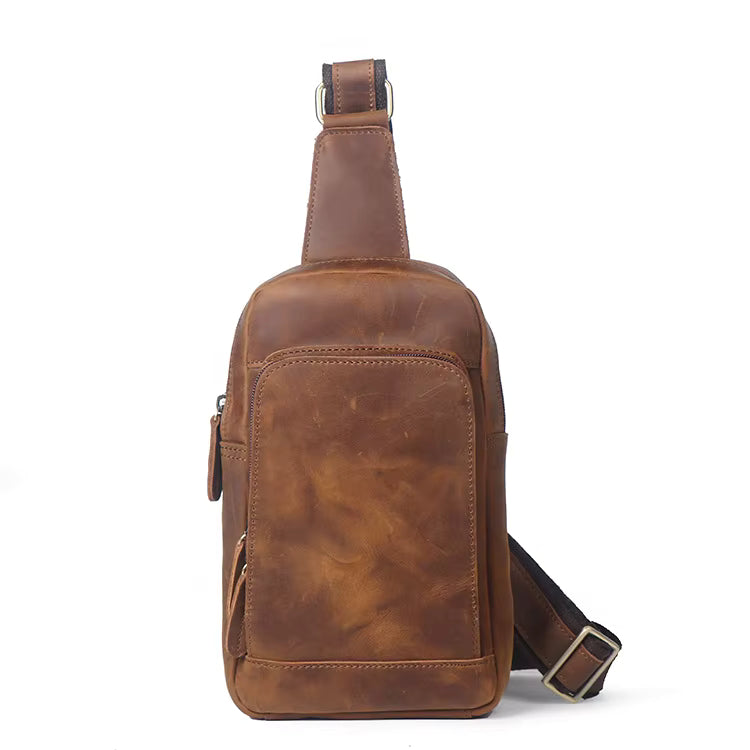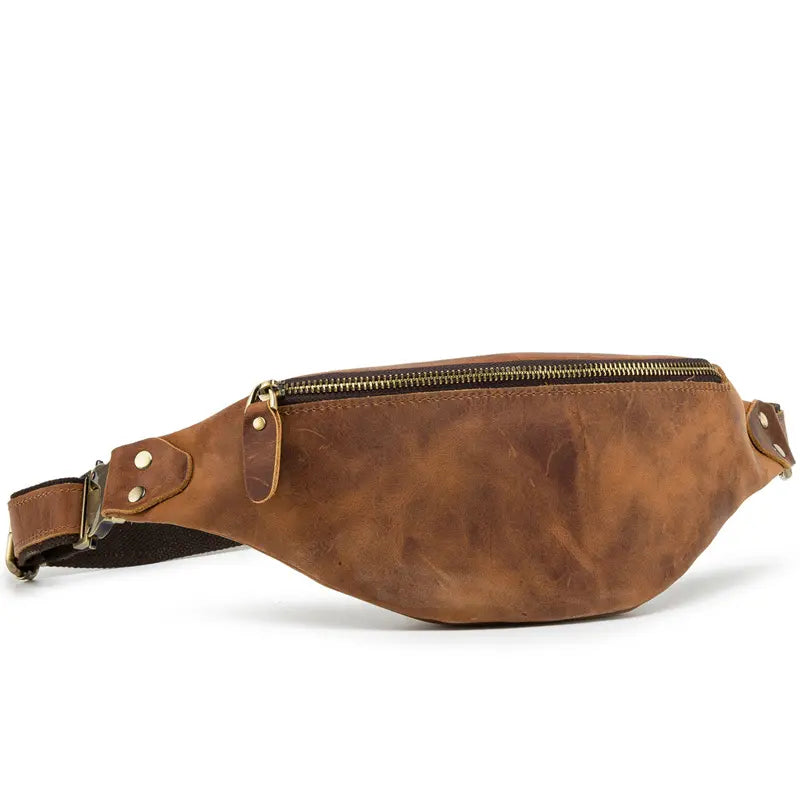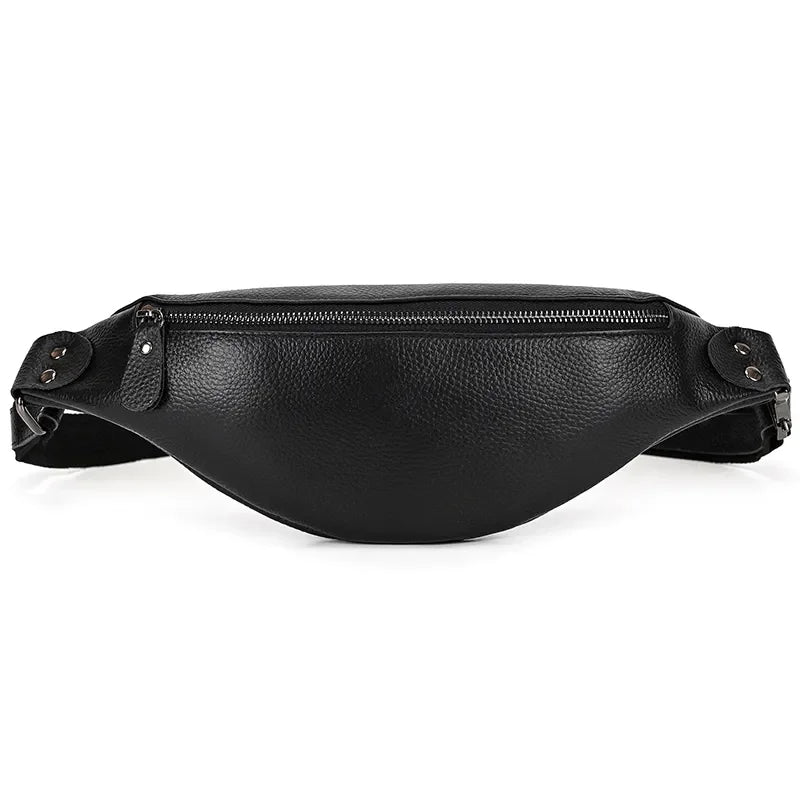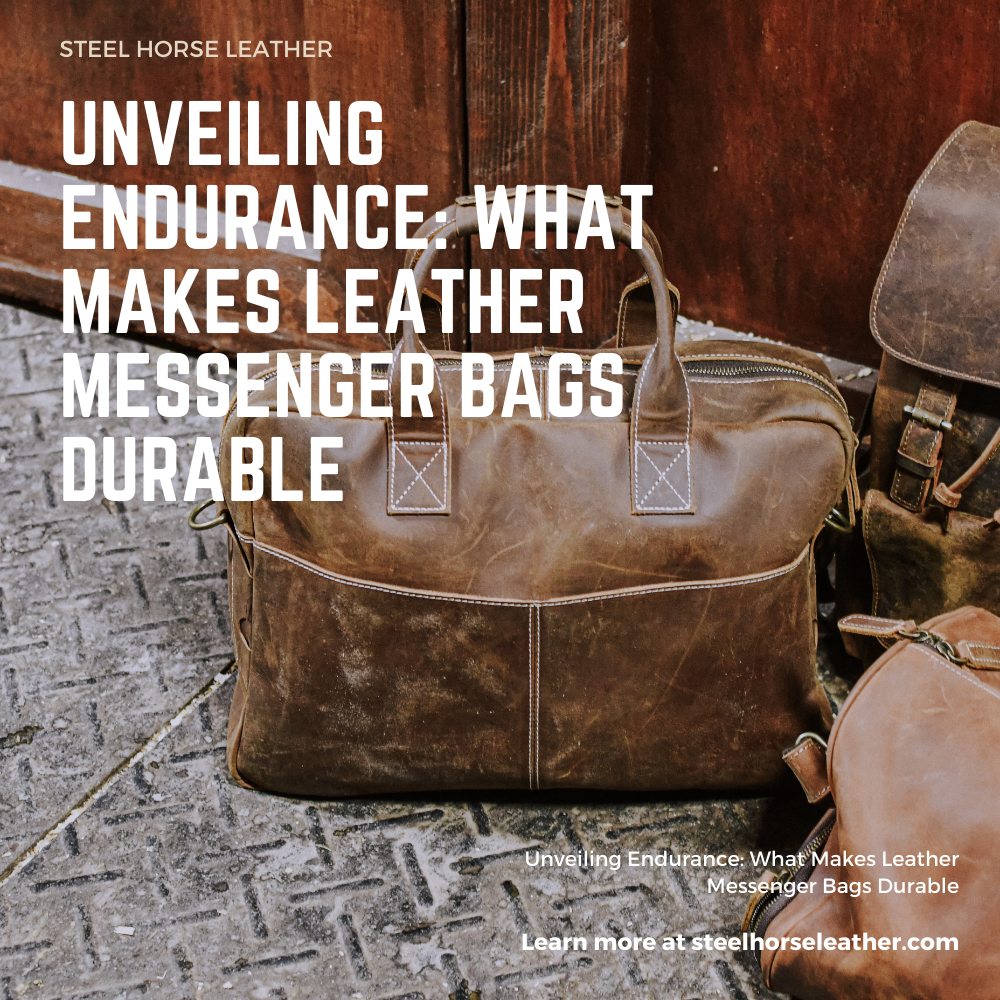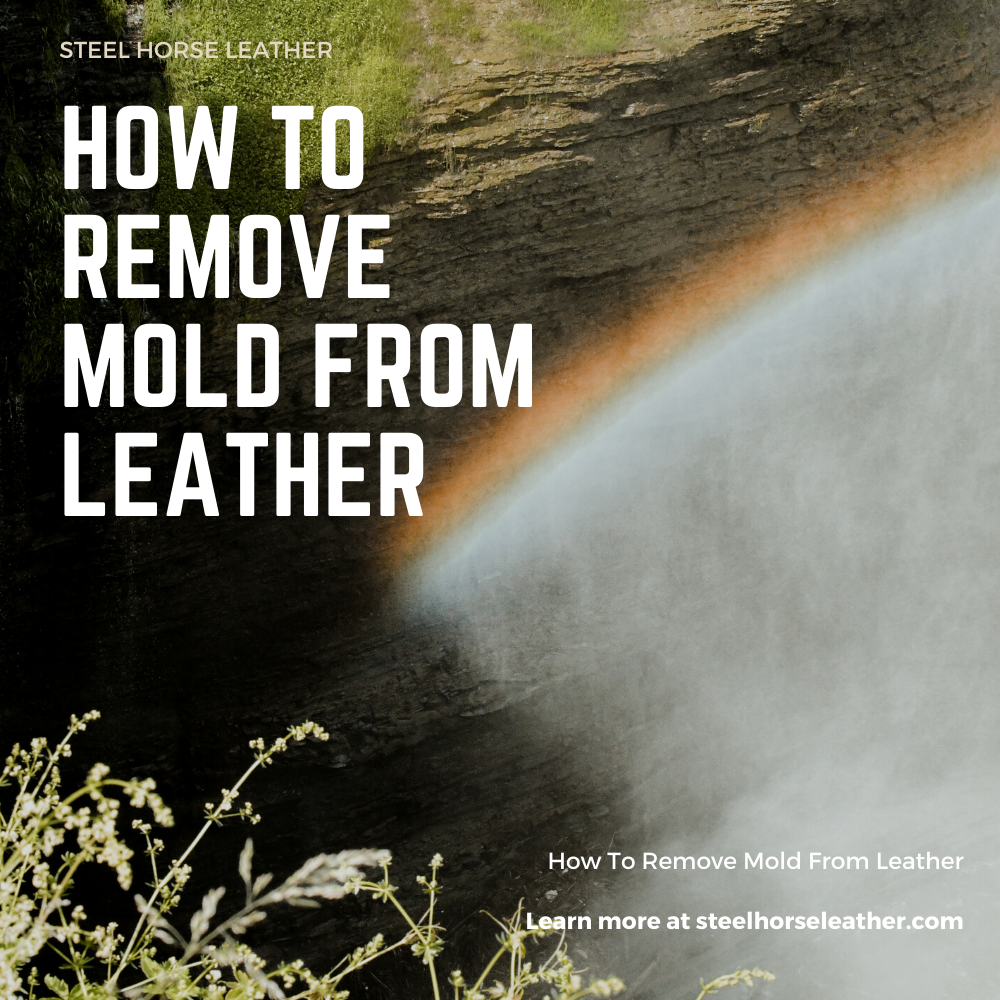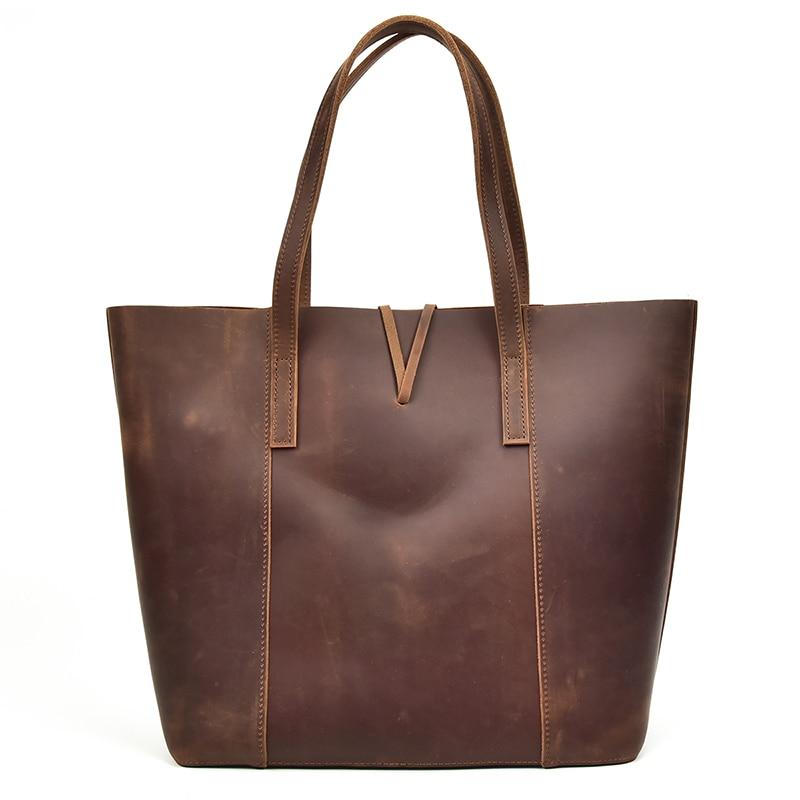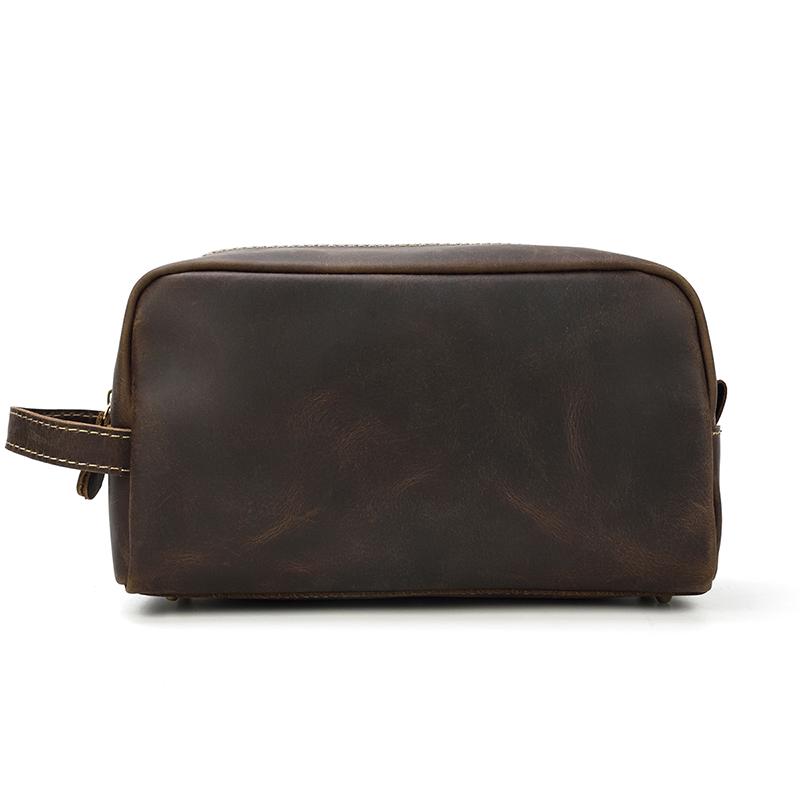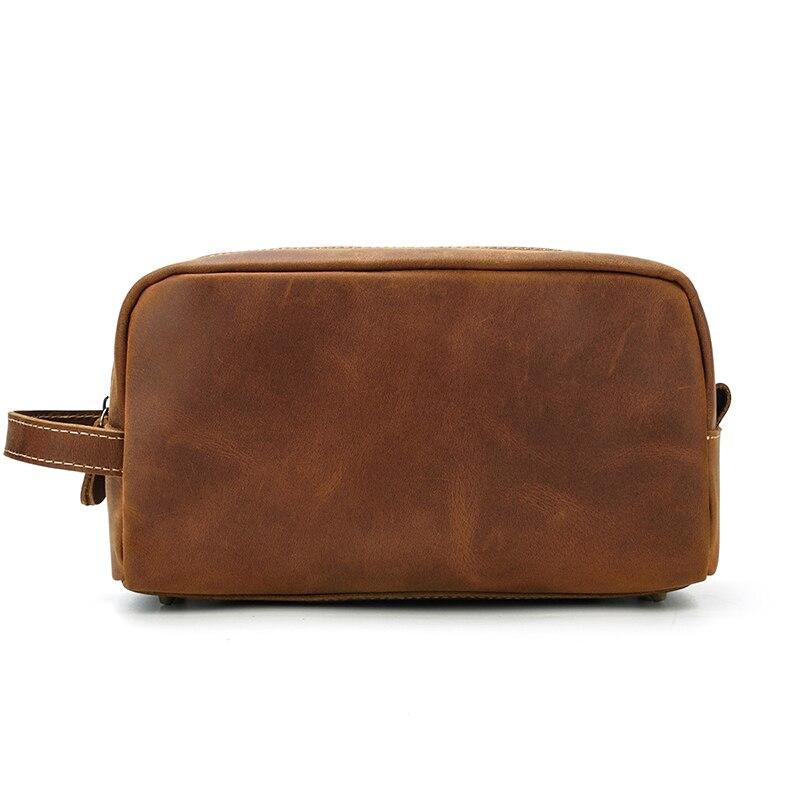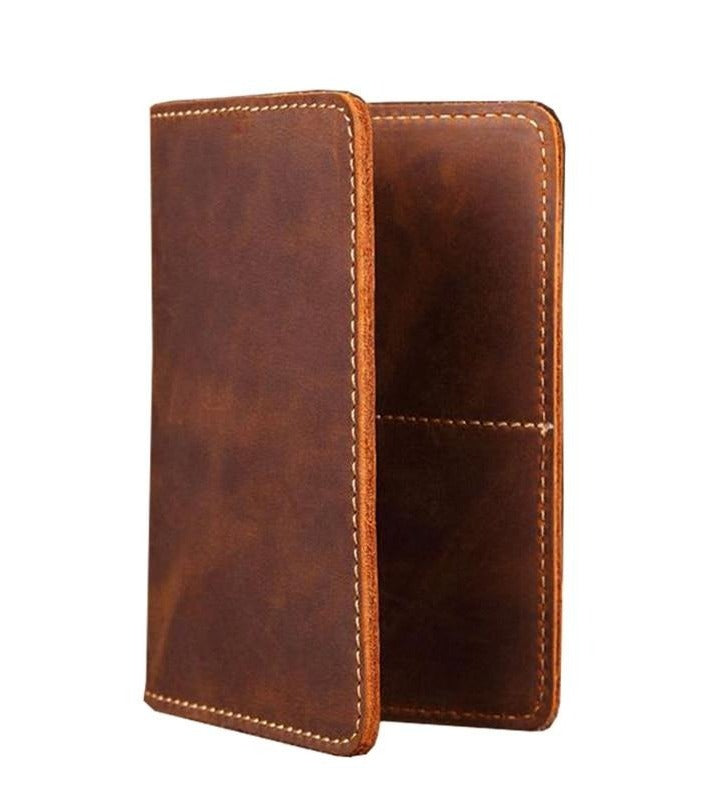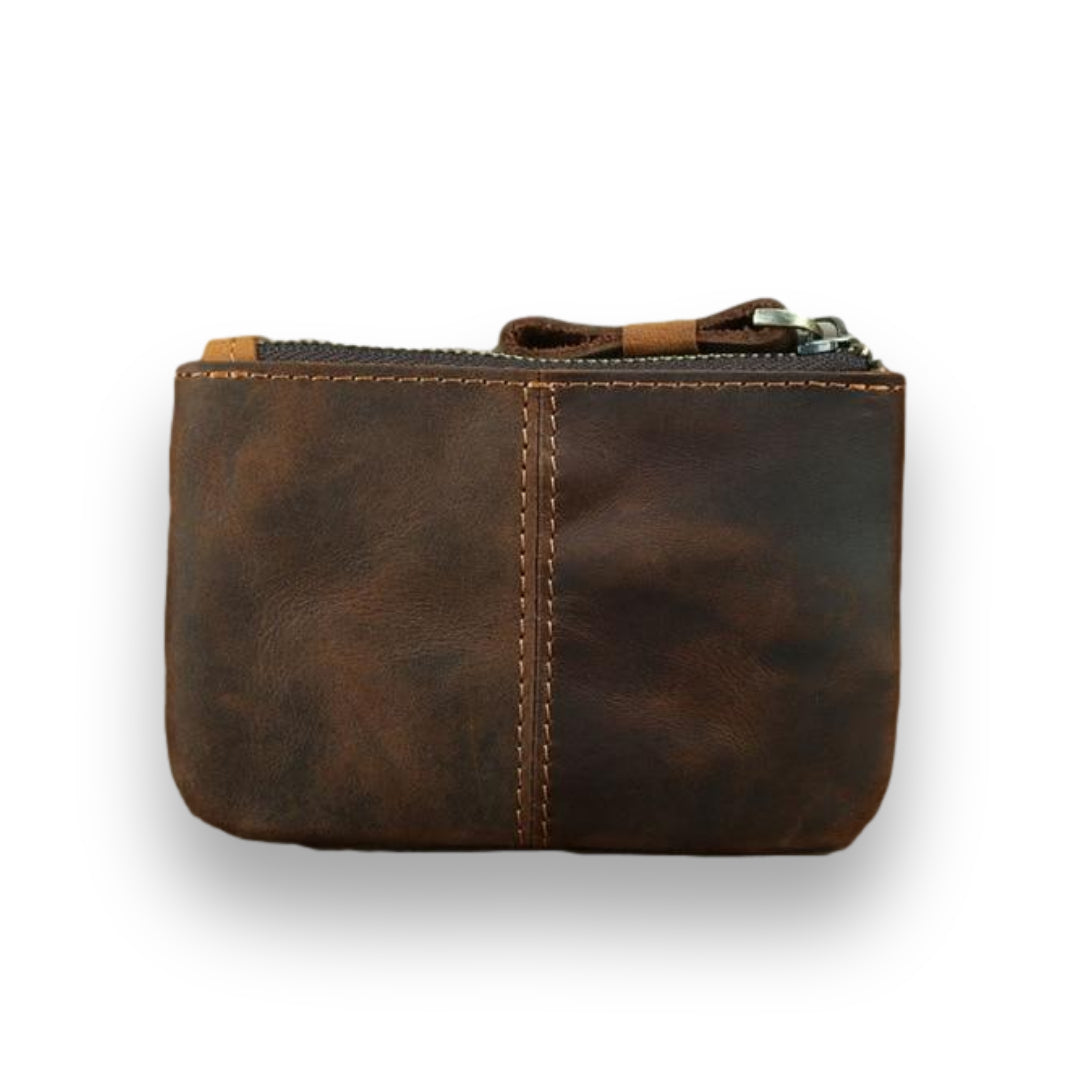Vegetable tanning vs Chrome tanning. Two methods of turning animal skin into leather. While these two methods have one goal which is to turn animals hide into leather they are different in some ways. For instance, the vegetable method uses purely organic material. On the other hand, the chrome method uses harsh chemicals to change the skin to leather. Likewise, there is a difference between the time it takes for leather to completely tan with each method.
Key Takeaways
- Vegetable tanning is an eco-friendly, traditional method using organic materials but requires more time and patience
- Chrome tanning dominates the industry with 90% market share due to its efficiency and cost-effectiveness
- The quality difference is significant: vegetable-tanned leather develops better patina and durability, while chrome-tanned leather offers more flexibility
- Environmental impact is a major differentiator, with vegetable tanning being more sustainable than chrome tanning
- The choice between methods often depends on balancing factors like production time, cost, intended use, and environmental considerations
Understanding the Tanning Process

Before we know what is the main difference between vegetable tanning vs chrome tanning we must know what is tanning. And no, it is not the same as going to the beach and laying in the sun for hours. Tanning animal skin does not involve any sunlight or heat whatsoever. In fact, the process of tanning involves sealing the animal skin in a container, away from any heat or sunlight.
What is Tanning?
Tanning is basically the process of turning animal skin into leather. After cleaning the skin and removing all its hair the tanning process follows. Tanning is important in creating leather. This is because without treatment the animal skin would both harden and putrefy. Moreover, like any other organic material, if animal skin is left untreated, it would decompose.
The Microscopic Process
Likewise, during the tanning process, there will be a change at the microscopic level. The tanning solution will seep through every pore of the skin. It will be Coating every microscopic fiber with preservatives. This will not only prevent the skin from decomposing but it will also strengthen the leather.
In general, this is what goes through tanning. The main difference between vegetable tanning and chrome tanning will be specific details in the process. The method is the same but the difference will mainly be on what tanning solution is used.
Vegetable Tanning Method

Vegetable tanning uses an organic tanning solution. It is one of the oldest tanning methods. This method is also eco-friendly. It is however slower than the chrome tanning method because it is an all-natural process. Today, only about 10% use this method of tanning leather.
The Organic Solution
This organic tanning solution is called a vegetable tanning. The process of making this tanning solution is similar to that of wine tannin. Both tannin solutions are made organically. For wine, it comes from the skin of the grape. While for vegetable tannin, it comes from tree barks. The making of vegetable tannin usually involves tree barks from trees such as oak, chestnut, or mimosa. However, you can always use whatever tree barks you want. Some folks who are making their own vegetable tanning are using other types of trees. Using plants to make vegetable tannin is also possible if tree barks are not readily available.
The Tanning Process
The tannin modifies the molecular structures of the animal skin which turns it into the leather. This organic solution easily bonds with the proteins that make up the animal skin. Likewise, the vegetable tannin also draws out the remaining liquid from the animal skin. The vegetable tannin will displace any liquid left in the leather. The leather however will not dehydrate. As tannin seeps in, it will replace the liquid inside. This will keep the leather from drying out in the process.
Time and Effort Required
Moreover, this process is not as easy as it sounds. It will take the skin longer to develop into the leather. This process will require multiple treatments that require complete patience, dedication, and skill. This is an important step because any remaining liquid and the leather will continue to rot. It will take months to fully extract and replace all the liquid molecules inside the leather. Some last a length of 6 months for the animal skin to complete the tanning process.
Benefits and Characteristics
The finished product of this process is a lot beautiful compared to its chemical counterpart. It is however not as flexible nor is it easy to dye. An advantage when it comes to vegetable tanning is that it will last longer. It has a longer lifetime compared to chemical tanning because it does not break down the leather and thin it down. Another advantage is that an organically tanned leather will have a better patina. It ages stronger and beautiful too.
Vegetable Tanning Method

Vegetable tanning uses an organic tanning solution. It is one of the oldest tanning methods. This method is also eco-friendly. It is however slower than the chrome tanning method because it is an all-natural process. Today, only about 10% use this method of tanning leather.
The Organic Solution
This organic tanning solution is called a vegetable tanning. The process of making this tanning solution is similar to that of wine tannin. Both tannin solutions are made organically. For wine, it comes from the skin of the grape. While for vegetable tannin, it comes from tree barks. The making of vegetable tannin usually involves tree barks from trees such as oak, chestnut, or mimosa. However, you can always use whatever tree barks you want. Some folks who are making their own vegetable tanning are using other types of trees. Using plants to make vegetable tannin is also possible if tree barks are not readily available.
The Tanning Process
The tannin modifies the molecular structures of the animal skin which turns it into the leather. This organic solution easily bonds with the proteins that make up the animal skin. Likewise, the vegetable tannin also draws out the remaining liquid from the animal skin. The vegetable tannin will displace any liquid left in the leather. The leather however will not dehydrate. As tannin seeps in, it will replace the liquid inside. This will keep the leather from drying out in the process.
Time and Effort Required
Moreover, this process is not as easy as it sounds. It will take the skin longer to develop into the leather. This process will require multiple treatments that require complete patience, dedication, and skill. This is an important step because any remaining liquid and the leather will continue to rot. It will take months to fully extract and replace all the liquid molecules inside the leather. Some last a length of 6 months for the animal skin to complete the tanning process.
Benefits and Characteristics
The finished product of this process is a lot beautiful compared to its chemical counterpart. It is however not as flexible nor is it easy to dye. An advantage when it comes to vegetable tanning is that it will last longer. It has a longer lifetime compared to chemical tanning because it does not break down the leather and thin it down. Another advantage is that an organically tanned leather will have a better patina. It ages stronger and beautiful too.
Chrome Tanning Method

Chrome tanning is a more modern approach to leather making. This method uses chemicals instead of organic materials. The main chemical used in this process is chromium sulfate. This method is faster compared to vegetable tanning. About 90% of leather makers use this method. This is because it is more efficient and cost-effective.
The Chemical Solution
The chrome tanning solution is made up of chromium sulfate and other chemicals. These chemicals are specifically designed to quickly penetrate the animal skin. Unlike vegetable tannin that takes months to seep through, chrome tanning solution only takes hours. This is because the chemicals are more aggressive in breaking down the proteins in the animal skin.
The Tanning Process
The chrome tanning process is similar to vegetable tanning in terms of basic steps. However, the chemical solution works differently. Instead of gradually replacing the liquid in the skin, chrome tanning solution quickly breaks down the proteins. This makes the process faster but also affects the quality of the leather. The chemicals can sometimes be too harsh and damage the leather fibers.
Time and Efficiency
One of the main advantages of chrome tanning is its speed. While vegetable tanning takes months, chrome tanning can be completed in just a day or two. This makes it more profitable for manufacturers. The quick process also means less labor and storage costs. However, the speed comes at the cost of quality and environmental impact.
Industry data confirms that chrome tanning typically requires one to three days for completion, compared to several weeks to months for vegetable tanning, which explains why approximately 90% of leather production globally utilizes chrome tanning techniques (Dalmases et al., 2020).
Environmental Concerns
Chrome tanning has significant environmental drawbacks. The chemicals used in the process can be harmful to both workers and the environment. Waste disposal is a major concern as the chemicals can contaminate water sources. Many countries have strict regulations regarding chrome tanning waste management. This has led some manufacturers to look for more sustainable alternatives.
Recent research has highlighted the severity of these environmental concerns, noting that chrome tanning relies on heavy metals such as chromium salts that can contaminate water sources and pose significant environmental risks (Dalmases et al., 2020). Beyond environmental impact, the chemicals involved in chrome tanning, particularly hexavalent chromium, have been linked to severe health risks, including respiratory issues and skin reactions, which has prompted increased regulatory scrutiny and a movement towards safer alternatives (Ražić et al., 2022).
Comparing Both Methods
| Factor | 🌿 Vegetable Tanning | ⚙️ Chrome Tanning |
|---|---|---|
| Agent | Tree bark, oak, chestnut (natural tannins) | Chromium sulphate ("wet blue") |
| Quality | Durable, rich patina, premium grain | Consistent, soft, flexible |
| Time | Weeks to months ⏳ | Hours to 1 day ⚡ |
| Cost | Higher (labor + time) | Lower (90%+ of market) |
| Environment | Biodegradable, low pollution 🌱 | Toxic wastewater, chrome salts ⚠️ |
| Best For | Luxury bags, heirlooms, tooling | Mass fashion, upholstery |
The process of tanning leather has evolved significantly over time, with both vegetable and chrome tanning representing distinct tanning methods in the leather industry. These types of leather production, each utilizing different tanning agents, have their own advantages and disadvantages. The choice between the two often depends on various factors including time, cost, intended use, and environmental considerations. Understanding these differences helps in making informed decisions about leather production and consumption.
Quality Comparison
When it comes to leather qualities, vegetable-tanned leather, produced through the vegetable tanning process using natural tannins from tree barks and other organic materials, generally produces a more durable leather with a beautiful patina. This is exemplified in products like The Endre Weekender, a premium leather duffel bag we developed, which showcases the superior qualities of properly tanned leather. During its development, we observed how the natural black leather develops a distinct character over time while maintaining its structural integrity. The bag's durability and resistance to daily wear and tear demonstrate the advantages of quality leather processing.
Cost and Time Factors
Chrome tanning process is significantly more cost-effective due to its shorter processing time and lower labor requirements. The method, which uses chromium sulphate to convert raw hide into finished leather, produces what's known as "wet blue" due to its characteristic bluish tinge. This makes it the preferred choice for the vast majority of leather production. Vegetable tanning, while more expensive and time-consuming, produces premium quality leather that commands higher prices in the market. Master tanners using ancient methods with natural substances like oak bark and chestnut wood create leather products with superior grain leather characteristics.
Environmental Impact
The environmental impact of these tanning processes varies greatly. Veg tanning is more environmentally friendly, using natural materials and producing biodegradable waste. The entire process relies on tannic acid and other natural chemicals that don't generate toxic wastewater. Chrome tanning, while efficient in transforming animal hides through its molecular structure modification, raises environmental concerns due to its use of chrome salts and potential for water pollution. The finishing process in chrome tanning can involve harmful chemicals, including trivalent chromium, which has led to increased interest in chrome-free tanning alternatives and sustainable leather production methods.
Real-World Application: The Dagny Weekender Case Study
During our development of The Dagny Weekender, a premium full-grain leather travel bag, we carefully considered the choice between vegetable and chrome tanning methods. Our commitment to quality and sustainability led us to explore both options thoroughly. The decision-making process involved evaluating how each tanning method would affect the bag's durability, especially considering its intended use as a travel companion. The multiple interior pockets and design features required leather that could maintain its structural integrity while remaining flexible enough for daily use.
Through our research and development phase, we found that the leather's tanning method significantly influenced not only the bag's performance but also its aesthetic appeal and environmental impact. This practical experience in leather selection has provided valuable insights into the real-world applications of different tanning methods in luxury leather goods manufacturing.
Long-term Effects on Leather Based on Tanning Method
The long-term effects on leather largely depend on the tanning method employed, significantly influencing both the durability and aesthetics of the material. Vegetable tanned leather, renowned for its natural processes and eco-friendliness, tends to develop a patina over time, enhancing its character and appeal. This type of leather is prone to aging gracefully, often becoming softer and more supple while maintaining its structural integrity.
In contrast, chrome tanned leather, while more water-resistant and less prone to mold, can exhibit color fading and stiffness over the years if not properly maintained. This difference can lead to varying levels of wear and tear, with vegetable tanned leather showcasing a rich, worn-in look, whereas chrome tanned leather may require more regular care to preserve its original luster. Ultimately, understanding these long-term effects can guide consumers in making informed choices that align with their lifestyle and aesthetic preferences.
Our Expertise in Traditional Leather Craftsmanship

At Steel Horse Leather, our deep understanding of leather tanning processes comes from years of hands-on experience and dedicated craftsmanship. Our master artisans have spent decades perfecting their skills in leather working, giving us unique insights into the nuances of both vegetable and chrome tanning methods. This expertise has been crucial in our careful selection of leather suppliers and our ability to identify the highest quality materials for our products.
Through our holistic approach to leather sourcing and processing, we've developed intimate knowledge of various tanning methods and their effects on final products. Our commitment to transparency has led us to work closely with tanneries, allowing us to witness firsthand the differences between vegetable and chrome tanning processes. This practical experience enables us to provide accurate, detailed information about leather processing methods and their impact on durability, aesthetics, and environmental sustainability.
Our expertise isn't just theoretical – it's demonstrated in every product we create. We've extensively tested both vegetable-tanned and chrome-tanned leathers in our workshops, observing their behavior over time and understanding how different tanning methods affect the leather's characteristics in real-world applications. This hands-on experience, combined with our artisans' traditional craftsmanship knowledge, allows us to offer not just products but also valuable insights into leather quality and processing methods that our customers can trust.
Frequently Asked Questions
What Is The Main Difference Between Vegetable And Chrome Tanning?
Vegetable tanning uses organic materials from tree bark and plants, while chrome tanning uses chemical solutions primarily composed of chromium sulfate. The vegetable process is natural and eco-friendly but slower, while chrome tanning is faster but has environmental concerns.
How Long Does Each Tanning Process Take?
Vegetable tanning can take up to 6 months to complete due to its natural process, while chrome tanning can be completed in just a day or two, making it more efficient for mass production.
Which Method Produces Better Quality Leather?
Vegetable-tanned leather generally produces more durable products with better patina development over time, though it's less flexible. Chrome-tanned leather is more flexible and easier to dye but may not have the same longevity or natural aesthetic appeal.
Why Is Chrome Tanning More Popular In The Industry?
Chrome tanning dominates about 90% of leather production because it's more cost-effective, faster, and requires less labor, making it ideal for mass production despite environmental concerns.
What Are The Environmental Impacts Of Each Method?
Vegetable tanning is environmentally friendly, using biodegradable materials and producing minimal waste. Chrome tanning poses environmental risks due to chemical use and potential water contamination, requiring strict waste management protocols.
Future of Leather Tanning
The leather industry is evolving with ongoing research focusing on innovative tanning alternatives. Scientists are exploring chrome-free technologies and alternative tanning agents such as β-cyclodextrins and other natural materials that can significantly reduce or eliminate chromium use entirely (Dang et al., 2024). These innovations aim to enhance sustainability in leather production while maintaining the physical properties and quality that consumers expect from premium leather goods.
Conclusion
The choice between vegetable and chrome tanning ultimately depends on the specific needs of the manufacturer and the end-user. While chrome tanning dominates the industry due to its efficiency and cost-effectiveness, vegetable tanning maintains its place in the market for those seeking premium, environmentally friendly leather products. Both methods continue to evolve as the industry seeks to balance efficiency, quality, and environmental responsibility.
References
Dalmases, A., Combalía, F., Font, J., & Baquero, G. (2020). Comparison of the sustainability of the vegetable, wet-white and chromium tanning processes through the life cycle analysis. Journal of the American Leather Chemists Association, 115(03), 105-111. https://doi.org/10.34314/jalca.v115i03.1628
Dang, X., Qiu, H., Qu, S., Liang, S., Lian-xiang, F., & Wang, X. (2024). β-cyclodextrin-based chrome-free tanning agent results in the sustainable and cleaner production of eco-leather. ACS Sustainable Chemistry & Engineering, 12(9), 3715-3725. https://doi.org/10.1021/acssuschemeng.3c07446
Ražić, S., Kopjar, N., Kašuba, V., Skenderi, Z., Akalović, J., & Hrenović, J. (2022). Evaluation of DNA-damaging effects induced by different tanning agents used in the processing of natural leather—pilot study on HepG2 cell line. Molecules, 27(20), 7030. https://doi.org/10.3390/molecules27207030

























